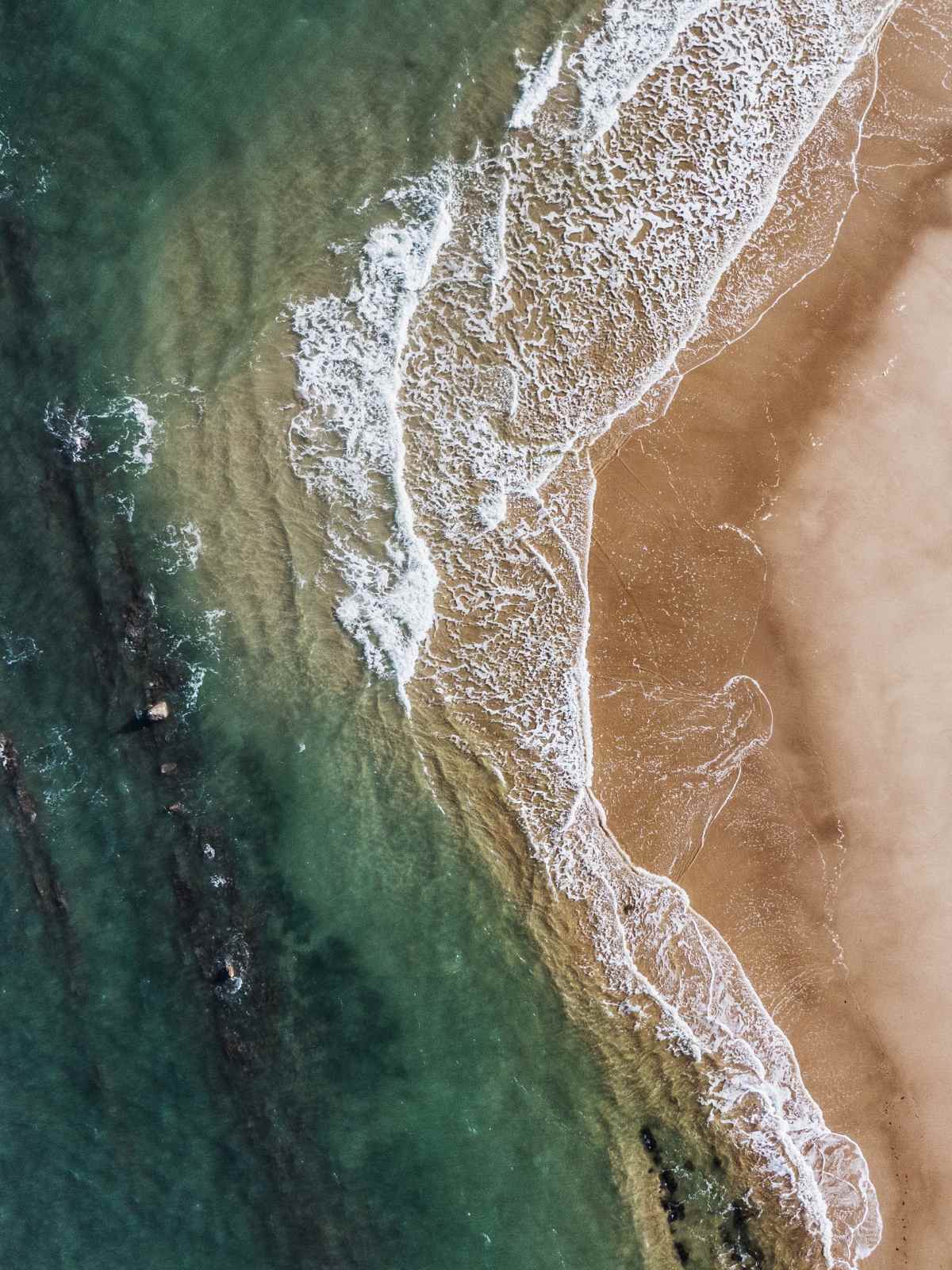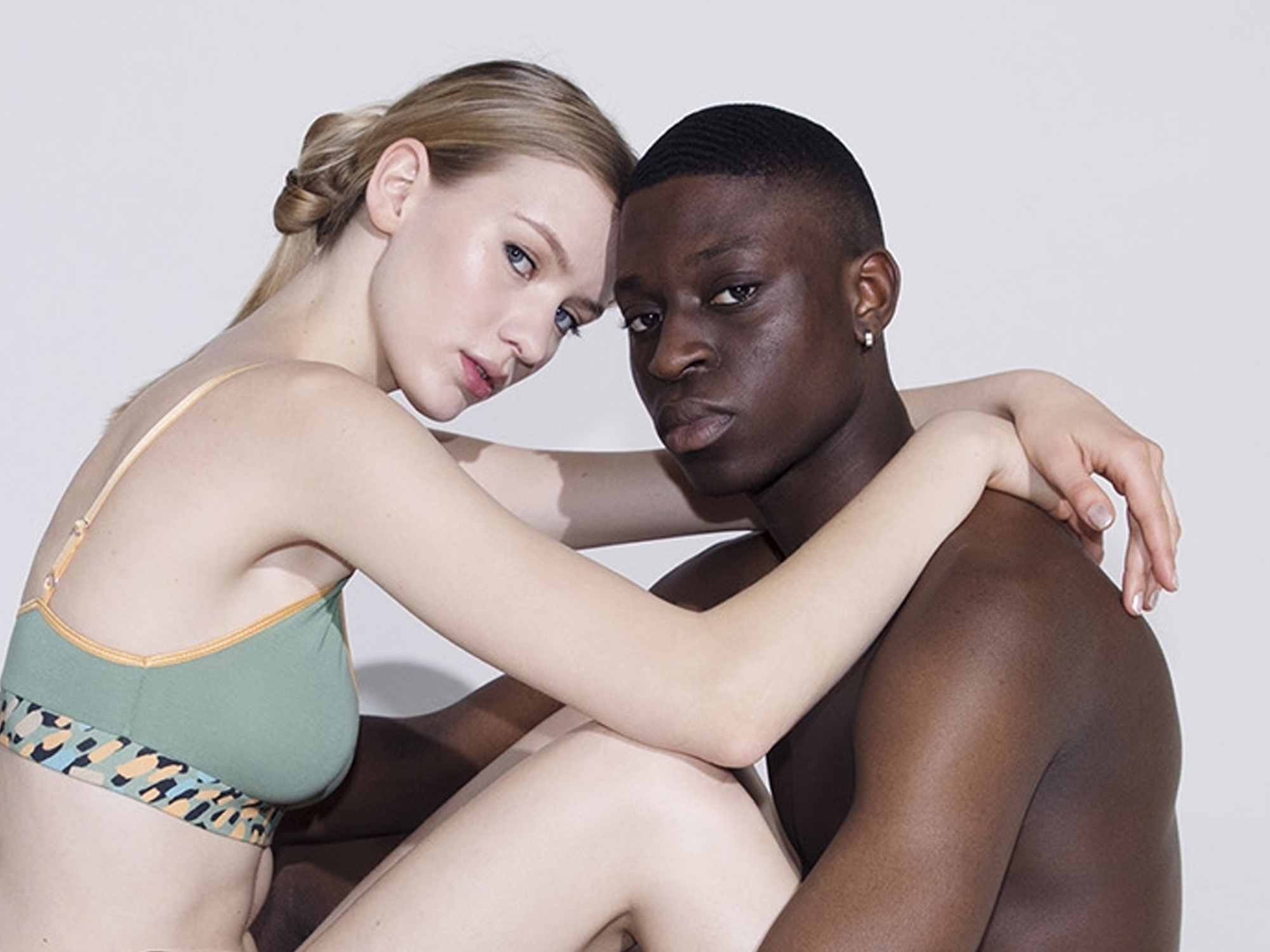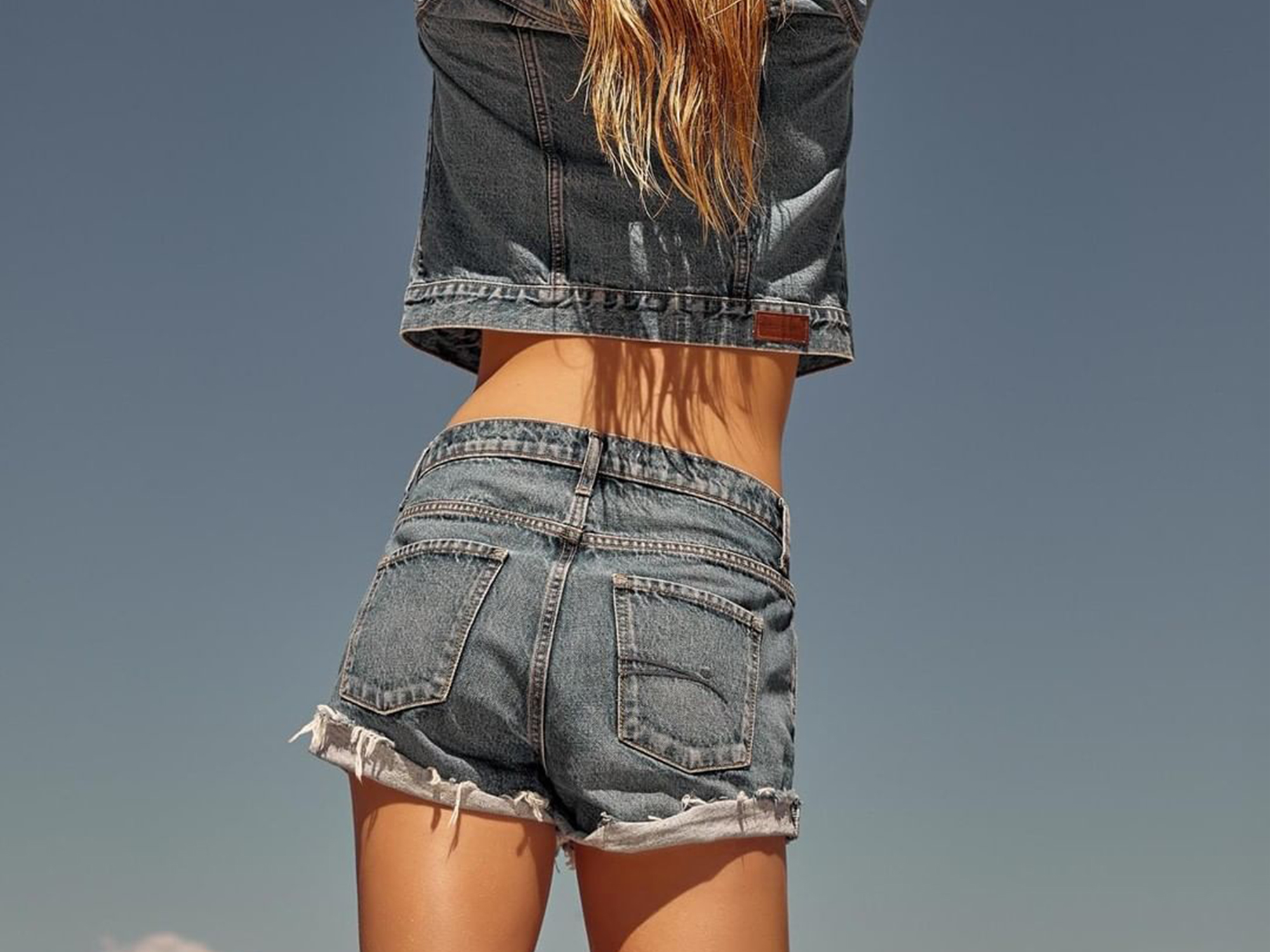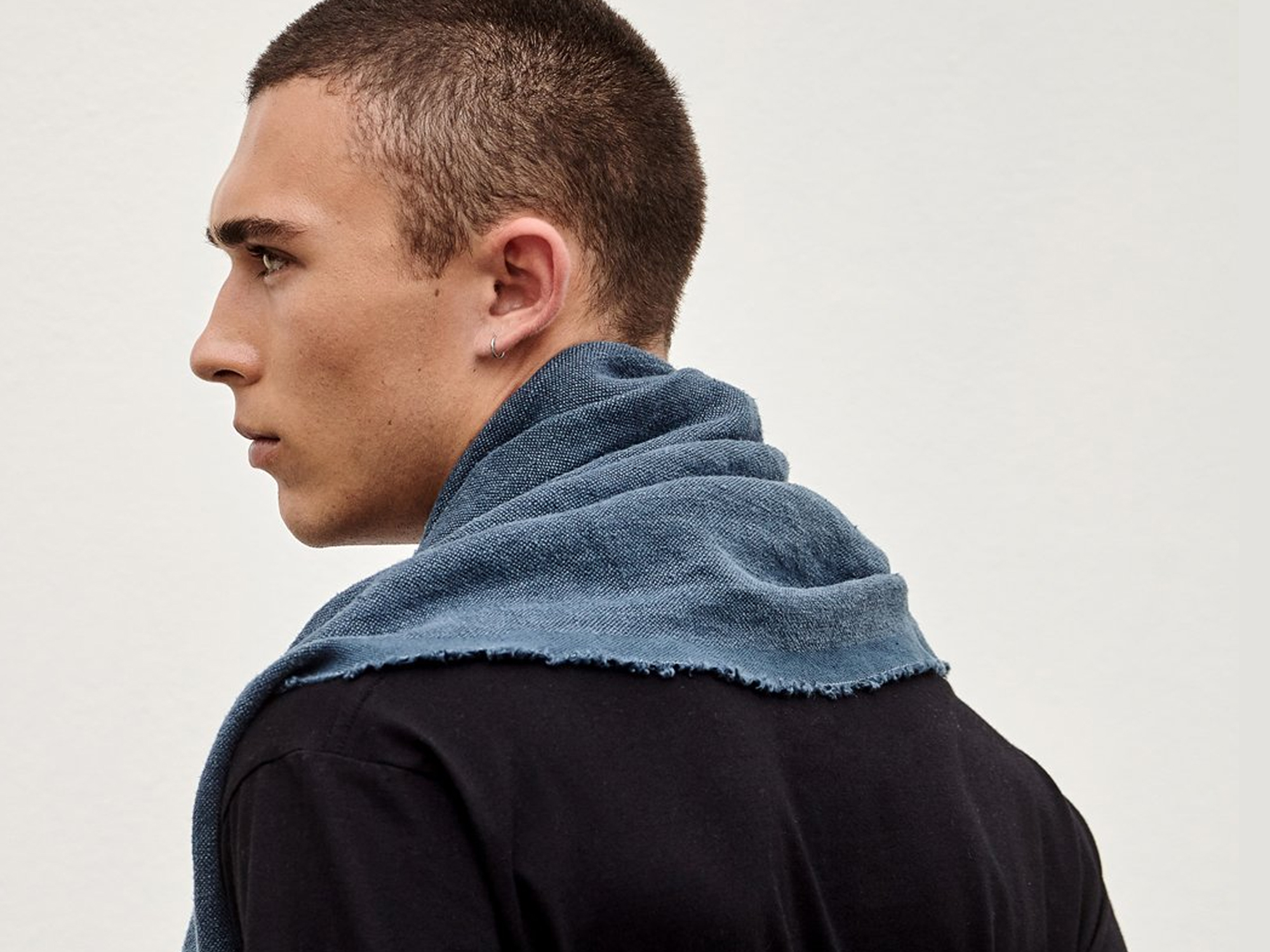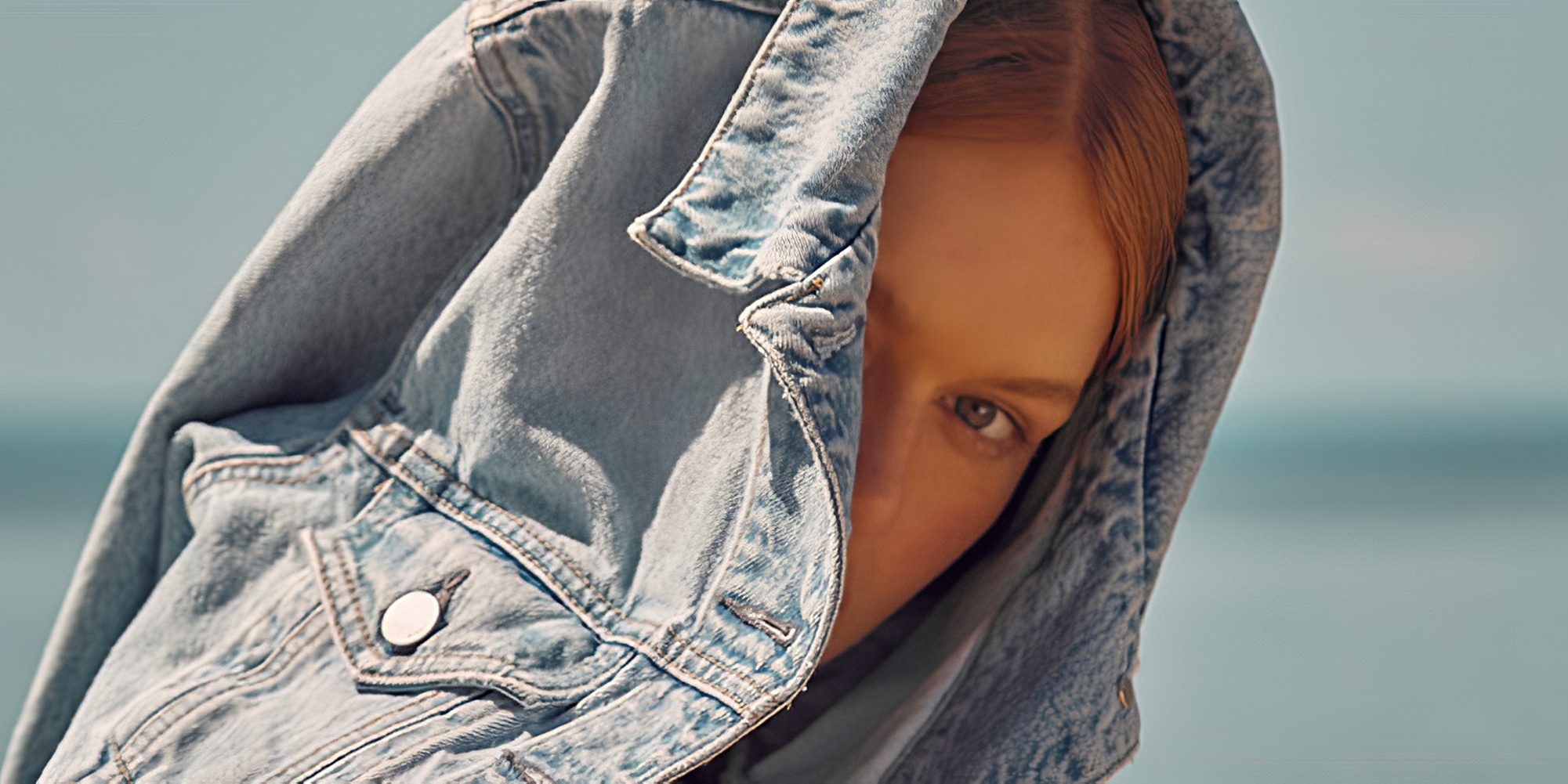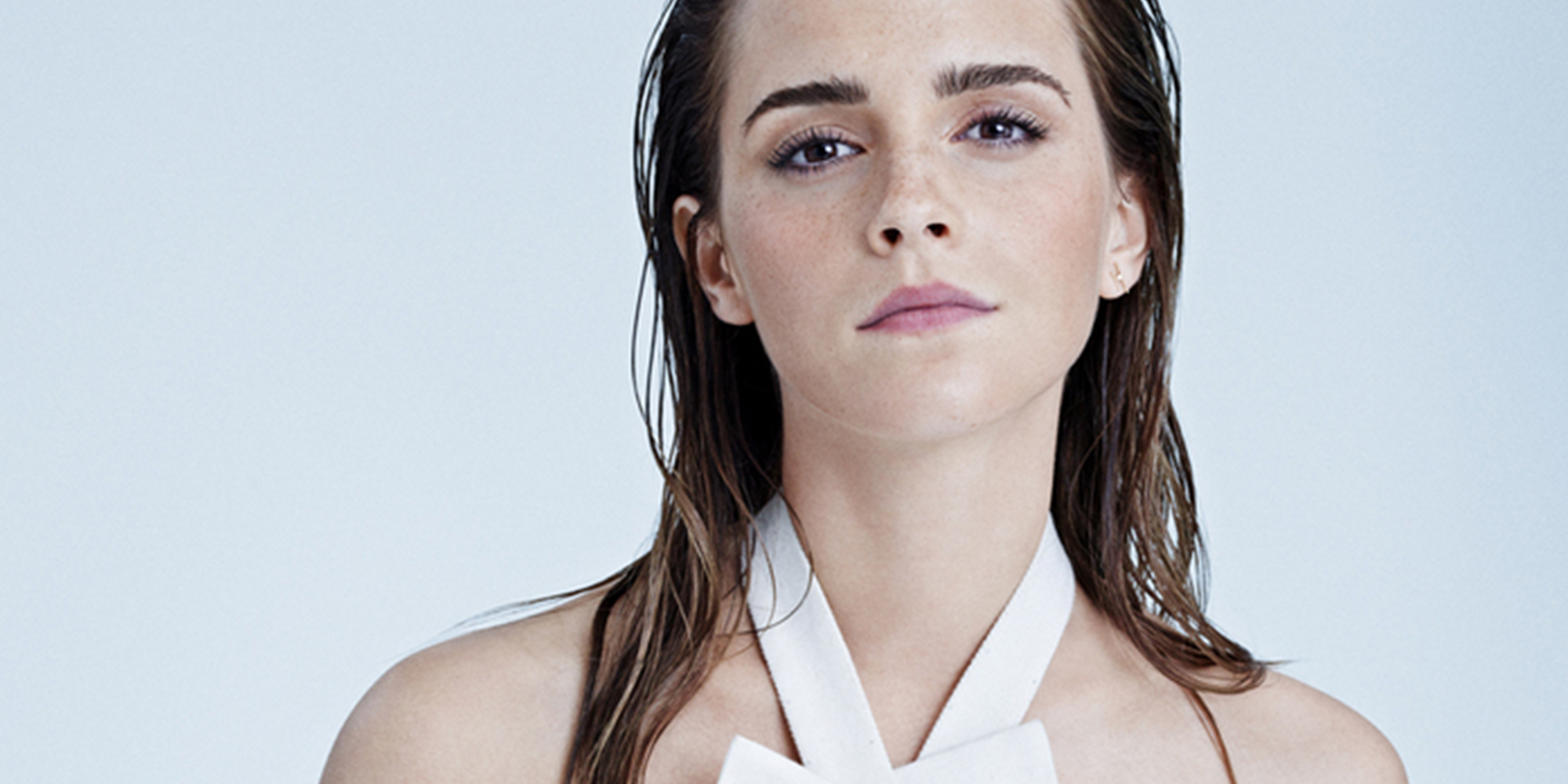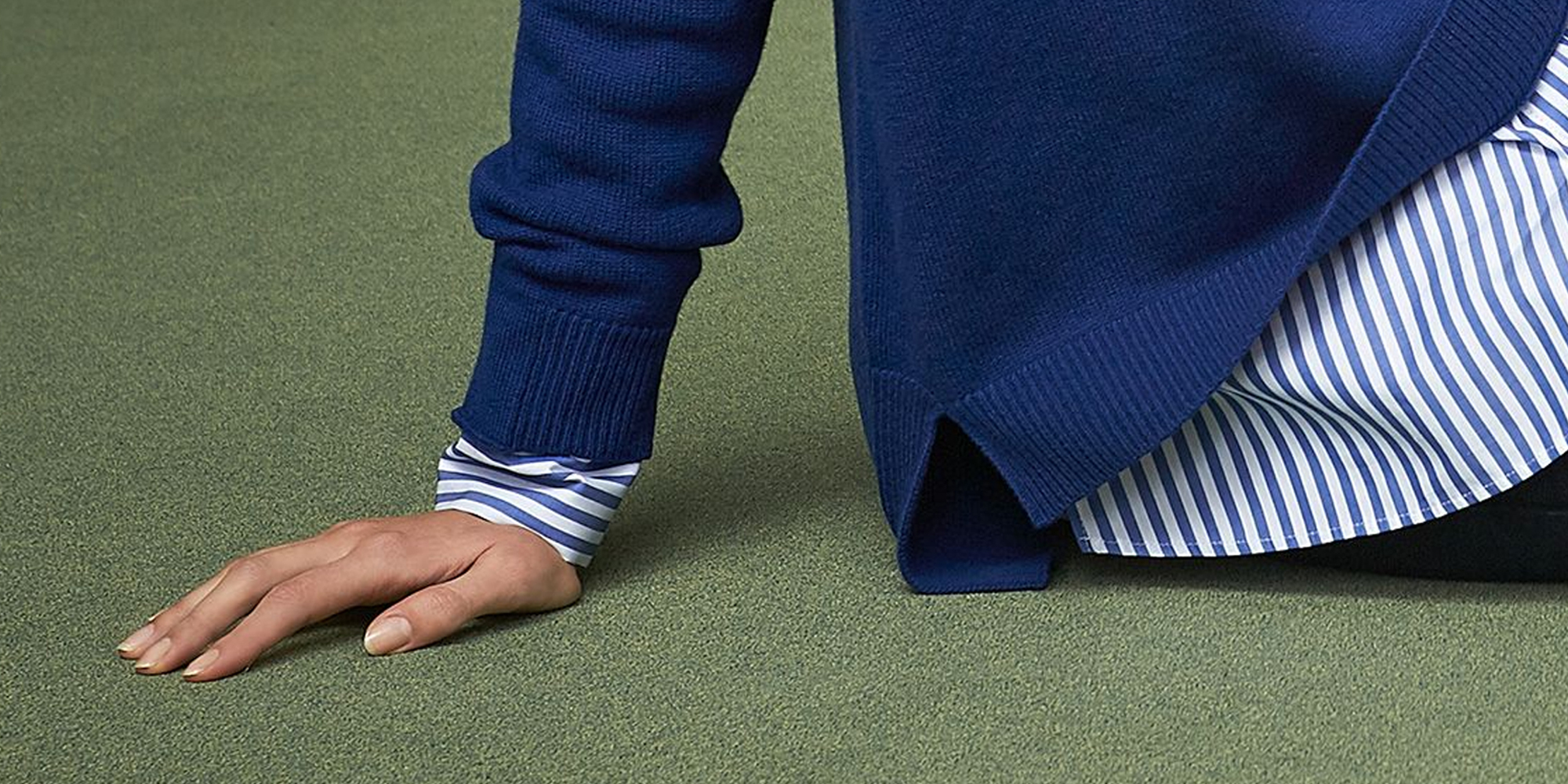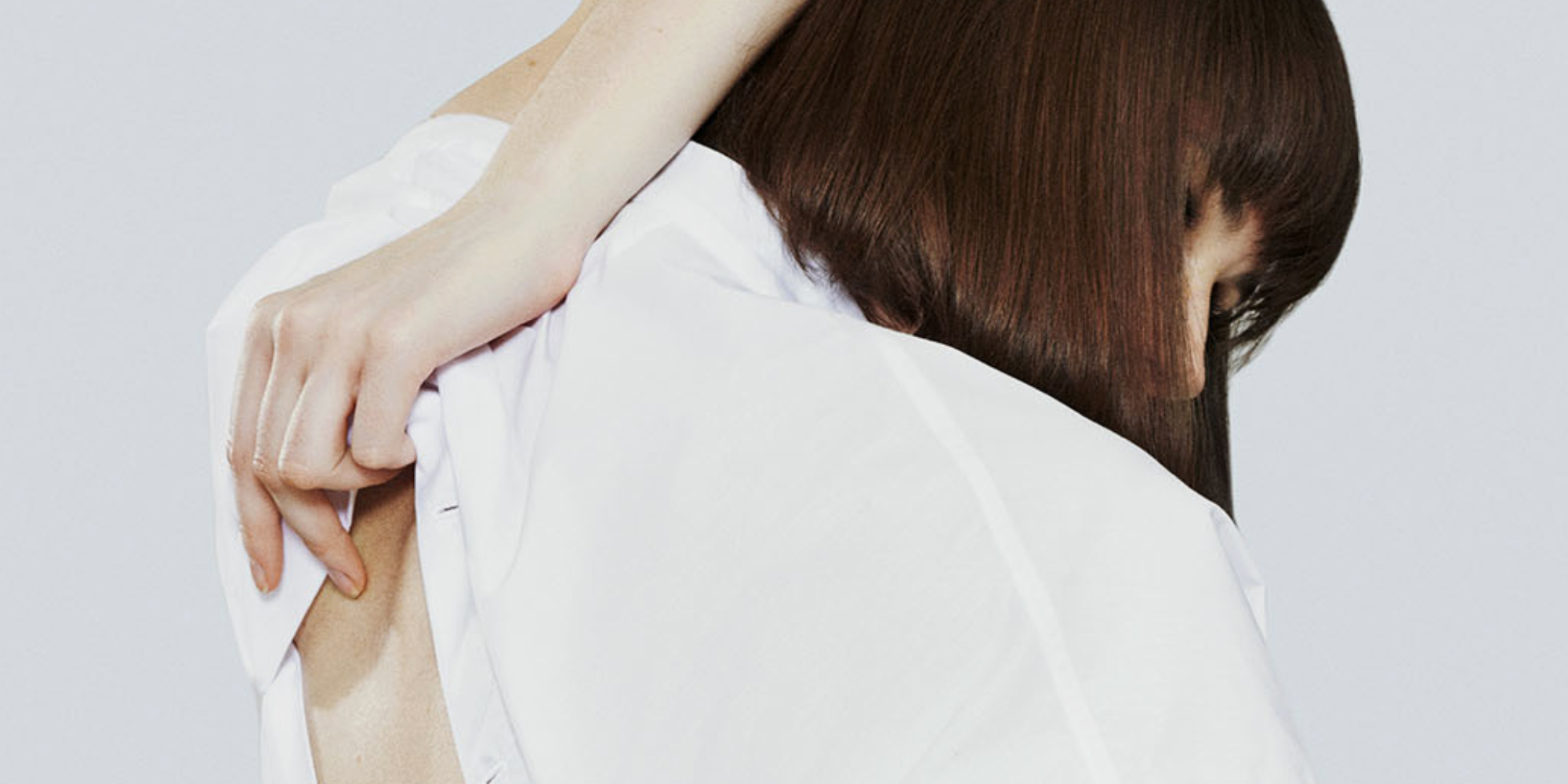It’s not unusual for plastics to be used in beauty products—they can alter a formula’s texture, for instance—but when the product is washed off, microplastics can have a detrimental impact on the environment, explains beauty writer Theresa Yee. So how big is this problem, and what does the research say? Read on to find out.
Microplastics are a hot topic–here’s why
Microplastics are rarely out of the news. Why? Research suggests that these tiny plastic fragments are polluting our oceans and posing a substantial threat to marine ecosystems when they’re released into the environment. The European Chemicals Agency (ECHA) highlighted that around 42,000 tonnes of microplastics end up in the environment each year from the use of products that contain them.
When we think of plastic in the beauty industry, packaging is usually the first thing many people associate it with. But plastics are also found inside a plethora of beauty product formulations. The creams and cosmetics we slather onto our skin and body every day can be laden with microplastics—small synthetic polymers that are invisible to the naked eye.
And even though microbeads in rinse-off products have been banned in regions including the US, UK, and EU, microplastics continue to be prevalent in other formulas. A study conducted by Plastic Soup Foundation, a Dutch environmental organisation, found that 9 out of 10 cosmetic products from 10 big brands contain microplastics, though, as we’ll get to in a minute, it’s important to note that the organisation’s definition of microplastics is broader than others.
Becca Willcox, beauty sustainability manager at Good On You, highlights that while these numbers seem like a lot, “the contribution of microplastics to marine pollution from beauty is generally considered to be small compared to other sources, such as synthetic fibres and tyre abrasion.” For instance, a paper from the UK parliament noted that between 0.1% and 4.1% of marine microplastic pollution per year in Europe came from cosmetic products. It just goes to show that, like so many of the systemic environmental problems we face today, collaboration between industries, regions, and governments is needed to address the issue of microplastics.
Microplastics and nanoplastics have been detected in human tissue, with emerging concerns about health impacts.
The impact of microplastics on human health is another major talking point. And although Good On You’s beauty methodology doesn’t cover this area, it’s worth noting that research is urgently needed in this field. Microplastics and nanoplastics have been detected in human tissue, with emerging concerns about health impacts. What could those effects be on you? Well, conclusions are tricky to draw with what little information we currently have. Currently, there is limited data on exposure and impacts, especially for skin absorption from leave-on cosmetic products, highlighting the need for more research.
What exactly are microplastics?
“Microplastics are tiny plastic particles, smaller than 5mm, often added intentionally to products we use on our skin, hair, and bodies,” explains Sian Sutherland, co-founder of A Plastic Planet and PlasticFree. Further, the EU’s definition specifies that microplastics are solid-state polymers. This is important to note, because some industry sources also refer to liquid microplastics, which aren’t covered under the definition. Some organisations (including the Plastic Soup Foundation) think the definition should be broadened outside of solid particles, but at the moment, this isn’t widely accepted.
Microplastics fall into two distinct categories: primary and secondary. “Primary microplastics are deliberately manufactured at a small size, while secondary microplastics result from larger plastics breaking down, such as fibres shedding from synthetic clothing,” explains Ray Aldridge, systems engineer at Microplastic Free. There’s also nanoplastics, which Aldridge explains are smaller than microplastics and can potentially cause even more significant impacts due to their tiny size.
Why are microplastics used in cosmetics?
Microplastics are added to beauty products for opacity, for mattifying purposes, or for texture, as Sutherland explains: “Microplastics can make creams feel silky, help makeup glide on more smoothly, or give mascaras and hair gels that long-lasting hold. Serums, hair mousses, and face masks often include ingredients like polyacrylates, nylon-12, or carbomers.”
“Brands use microplastics because they’re cheap, versatile, and frankly, they work,” Sutherland continues. According to Beat the Microbead, one single application of face cream can contain around 90,000 plastic particles.
Brands use microplastics because they’re cheap, versatile, and frankly, they work.
Sian Sutherland – co-founder of A Plastic Planet and PlasticFree
Microbeads are one example of a primary microplastic. These small spherical plastic beads are usually found in face or body scrubs to help exfoliate the skin. But when they rinse down the drain in the shower, they can have a detrimental impact on the environment and are harmful to aquatic wildlife, which often mistake them for bits of food. A single exfoliating cleansing product can contain as many as 360,000 microbeads.
The good news is that microbeads in rinse-off products have now been banned in the UK, US, Australia, New Zealand, South Korea, China, Thailand, and countries in the European Union. But microbeads are still being sold in cosmetics in the United Arab Emirates (UAE), India, and other countries where there are no regulations currently in place.
The problem with microplastics
Despite their many functional cosmetic benefits, microplastics are problematic for the planet for several reasons. Like plastic items of any size, microplastics are not biodegradable, which means they accumulate in the environment over time. According to research published in the Environmental Science: Water Research & Technology journal, on average, 72% of microplastics are removed during wastewater treatment, but sludge from wastewater treatment plants can be a significant means for microplastics entering the environment, since microplastics remain in sludge in a high proportion, and it is often spread on agricultural land as fertiliser.
Despite their many functional cosmetic benefits, microplastics are problematic for the planet.
And when they’re in the environment, microplastics can harm wildlife. According to the Canadian Wildlife Health Cooperative, if ingested by small birds, for instance, microplastics can block the gastrointestinal tract, cause internal lacerations, and give a false feeling of satiety when ingested.
Microplastics are hard to spot on ingredient lists
Microplastics are not easy to spot on a product ingredient (INCI) list because, like many ingredients, they have scientific names that require a lot of knowledge to decode.
On top of this, ingredient lists don’t specify their physical form, and since microplastics are, according to the ECHA’s current definition, only solid-state polymers, it’s impossible to know whether the ingredient is in fact a microplastic, as it might be present in a different physical form (like liquid, for example).
Speaking of liquids, here’s another layer of complexity—some brands use the terms “liquid plastic” and “liquid microplastic”, but it’s important to note that these often mean water-soluble synthetic polymers, like silicones, PEGs, and acrylates, which are not solid particles. “Plastic and microplastics are solid particles—liquids can be derived from plastic or contain plastic-like polymers, but they’re not plastics. They do, however, have the potential to persist in the environment and have raised concerns, but there’s little more evidence at present,” says Willcox.
Alridge explains that: “Most consumers still aren’t fully aware that beauty products often contain microplastics… Microplastics often appear under complicated chemical names in product ingredient lists, making them difficult for consumers to recognise.”
Without clear labelling of microplastics in cosmetics, it’s really hard for consumers to identify anything that might be them on ingredient lists. Currently, there’s no regulation requiring clear labelling of microplastics in products, says Aldridge.
Organisations including Beat The Microbead have published a list of microplastic ingredients that are widely used in cosmetics to make it easier for consumers to identify them, though there is plenty of disagreement among experts on what the definition and exact list should be. There are also websites and apps, such as the new PlasticFreeFuture, that help users check if a product contains microplastics, and companies like Microplastic Free provide certifications to verify products are microplastic-free.
Are beauty brands actually taking action?
Few brands are actually taking steps to remove microplastics from the product lines where they are prevalent. Findings from Good On You’s Beauty Sustainability Scorecard reveal that of the 239 brands surveyed, from industry giants to small start-ups, 81% of brands are not clearly microplastic-free across their entire product range. Shockingly, only 1% of brands have set a time-bound target to eliminate microplastics from their products.
“Beauty brands can move toward microplastic-free formulations by auditing their products for plastic-based ingredients and replacing them with natural, biodegradable alternatives like sugar, salt, or plant-based powders,” Aldridge explains.
Only 1% of the 239 brands Good On You surveyed have set a time-bound target to eliminate microplastics from their products.
Indeed, some brands are replacing microplastics in cosmetics with alternatives that are biodegradable or that might be better for the environment. For example, plastic microbeads have been replaced with natural ingredients like jojoba beads, apricot kernels, ground coffee, and salt, which offer the same exfoliating effect but without the potential environmental cost. Plant-based waxes and oils are another option as these ingredients can produce a smooth, glide-on feel similar to silicones.
But Willcox cautions that replacing microplastic ingredients isn’t always straightforward. For any new ingredient, there can be “challenges in terms of shelf life, performance, cost, and scalability,” she says.
What’s more, natural plant-based ingredients aren’t always more sustainable, like mica and palm oil, for instance, which are both natural but have significant sustainability challenges. And no matter the alternative ingredient, it’s always important to consider the entire life cycle before deeming it more sustainable.
There are, however, a handful of brands offering microplastic-free beauty product lines. Swiss company Weleda states on its website that all products are 100% microplastic-free, as does German beauty brand Dr.Hauschka.
Can microplastic use be curbed?
The microbead ban was a proactive step forward, but there’s still a long way to go. So far, rules and regulations have focused mainly on rinse-off formulas and have excluded leave-on products.
Some regions are yet to take broad action on microplastics, including India, which hasn’t even banned microbeads. And with talks to create a global plastic pollution treaty collapsing in August 2025, we may be a long way off from meaningfully reducing the release of microplastics into the environment.
The EU has at least set a timeline for brands to gradually phase out microplastics, but this could take years depending on the product category. For example, it could take up to 10 years for colour cosmetic brands [ie makeup with colour, such as eyeshadow, lipstick, blush] to remove microplastics from makeup, lip, and nail products. From 2031, manufacturers of lip, nail, and make-up products will be required to label items containing microplastics as such, ahead of the phasing out in 2035. But that’s a long time away.
Currently, the transition periods for beauty brands to phase out microplastics in the EU are as follows:
- Rinse-off cosmetics such as shampoo or shower gel: from October 2027
- Leave-on cosmetics such as creams and hair gel: from October 2029
- Encapsulated fragrances: from October 2029
- Makeup, lip and nail products: from October 2035
Some beauty brands are actively pushing for tougher regulations. Back in 2023, a group of more than 15 brands, spearheaded by Weleda, Naif, and Beauty Kitchen, sent an open letter to the European Commission calling for a faster ban on microplastics in cosmetics.
Advocates say addressing this issue will require regulation, as Sutherland reinforces: “It’s up to governments to step in and ban microplastics and the harmful chemicals that come with them, just as they’ve done with plastic microbeads in the past. Real change will come when laws require brands to clean up their formulations and prioritise the health of both people and the planet.” And while there’s growing evidence of the costs to the planet and animals, we urgently need more research to assess the impact that all these microplastics we smear on our bodies have on human health.






